Social media is a huge part of society today. It’s how we share our lives and keep up with family, friends, and current events. As people spend more and more time on social media platforms, it has also become a primary news source for everyone. But it isn’t always a trustworthy news source. MIT Sloan researchers who study the spread of false information, or so-called “fake news,” describe it as “entirely fabricated and often partisan content presented as factual.” With the potential for fake news to have massive ramifications, as we saw in the most recent presidential election, it’s critical to understand how disinformation works and how to recognize it. Here are ways to differentiate between misinformation and disinformation on social media, identify “fake news,” and stay accurately informed.
Both misinformation and disinformation refer to types of wrong or false information. The difference between the two is in the intent.
Misinformation and disinformation on social media
Before we can recognize fake news, we need to discuss the difference between misinformation and disinformation. Both misinformation and disinformation refer to types of wrong or false information. The difference between the two is in the intent. Misinformation is false information that is spread, regardless of whether the spreader deliberately intended to mislead anyone. Misinformation happens all the time, especially in the social media landscape where things move rapidly, there is not always a verification process in place, and information can spread quickly.
Disinformation is a type of misinformation that is deliberately deceptive. It sets out to share misleading information or manipulated facts with the intent to mislead. It is knowingly spreading misinformation. Fake news is often spread with a specific goal in mind.
The spread of fake news on social media
It’s normal human behavior to spread false information. We’re attracted to information that is new or shocking. Studies show that falsehoods are 70% more likely to be retweeted than the truth. But how do you stop the spread of fake news, especially when so many people are online and sharing disinformation?
Evaluate information using IMVAIN
There are tools and processes to help you evaluate information and news. IMVAIN is a solid process to help determine the validity of news stories and their sources. It’s a checklist of things to consider when vetting a news story:
- Independent – Independent sources are more reliable sources of good information. Is the source an independent source or self-interested?
- Multiple – Multiple sources are better than one source. Can you find the story or piece of information in more than one place?
- Verify – Has the source of the story or information verified their sources? Are they transparent about who or what those sources are?
- Authoritative or Informed – An informed source or an authority is always a better source. Is the source a reputable authority or well-informed on the topic?
- Named – Named sources are always better than anonymous ones. Is the source named? Who are they? Is the person or company a reliable authority or well-informed on the topic?
Understanding how misinformation spreads and recognizing it are critical to ensuring that you get accurate information and do not further spread misinformation. The ability to identify false information and not help it propagate is vital.
SMI Aware helps our clients discover, analyze, and preserve information from social media and the web. Our in-house analysts use proprietary software to identify and curate information that is valuable to your case while providing the benefits of independent 3rd party data collection. The SMI Aware application controls the search and collection process, so you can be assured that each report is generated to the same standard of quality. Whether you need one report or 1,000, SMI Aware delivers quality and accuracy.
Ready to tell fact from fiction? Contact SMI Aware to learn more.




